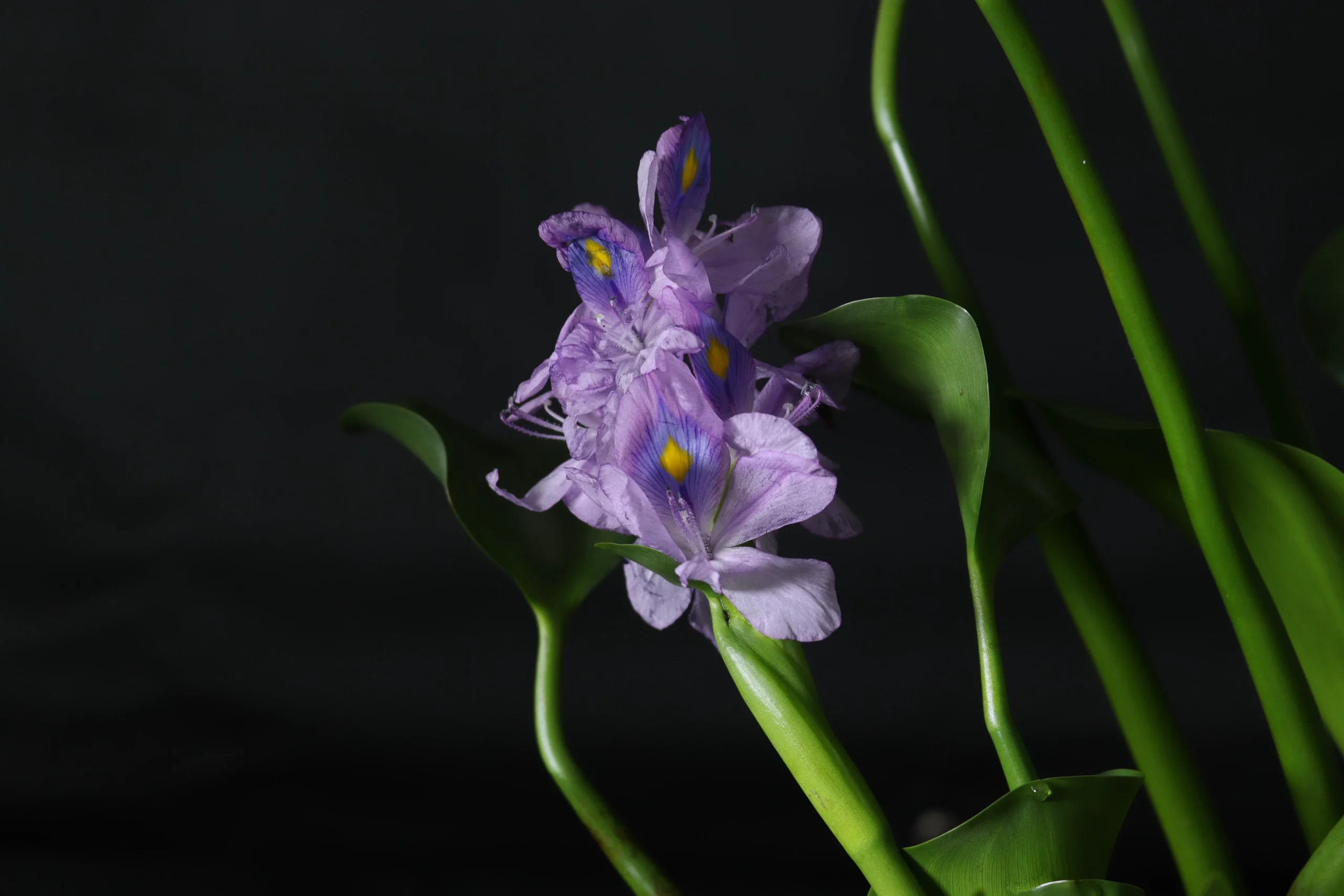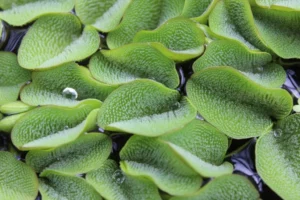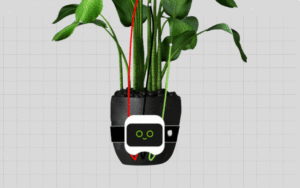From the Menace to Eco-Friendly Purifier

The water hyacinth plant, scientifically known as Eichhornia crassipes, has a complex history. Originally from the Amazon Basin in South America, it was introduced to various parts of the world as an ornamental plant. However, its aggressive growth and ability to thrive in a wide range of environments have led to significant environmental and social issues. Despite its negative impacts, the water hyacinth plant has also been recognized for its potential as a sustainable resource, particularly in the production of Eco-friendly products.
Stories with water hyacinth
During World War II, the British spread water hyacinth plants in Sri Lankan reservoirs to confuse Japanese aerial bombers. It was believed by the British that the reservoirs covered with water hyacinth resembled grass-covered flat land, leading the Japanese to potentially land and sink their planes. As a result, Sri Lankans still refer to these plants as “Japan Jabara” in association with Japan.
Environmental Concerns
Water hyacinth is known for its rapid growth, which can lead to the clogging of waterways and the depletion of oxygen and nutrients in the water. This can have devastating effects on native plants and animals, as well as human health and water transportation. The plant’s ability to grow in a variety of conditions, including toxic water, makes it difficult to control and eradicate. In some regions, it has become a significant problem, requiring large-scale efforts to manage and mitigate its impact.

Innovative Solutions
Despite the challenges posed by water hyacinths, innovative solutions have emerged to utilize the plant as a resource. In Thailand, for instance, artisans have developed a process to harvest and weave the plant’s long, fibrous stems into beautiful and durable products such as bags and lampshades. This not only provides a sustainable livelihood for local communities but also helps reduce the plant’s environmental impact by giving it a new purpose.

The water hyacinth plant is rich in fiber, making it suitable for papermaking and weaving. In Ghana, the Global Mamas organization has developed a project to harvest the plant and use its fibers to create eco-friendly products such as ropes, baskets, and bags. These products provide a sustainable income for local communities and promote biodiversity and water quality by reducing the need for chemical-based methods of control. In Benin, the Songhai training center has developed a method to harvest water hyacinth, chop it, mix it with manure, and use it to produce biogas for cooking. This innovative approach not only reduces the environmental impact of the plant but also provides a sustainable source of energy for local communities.
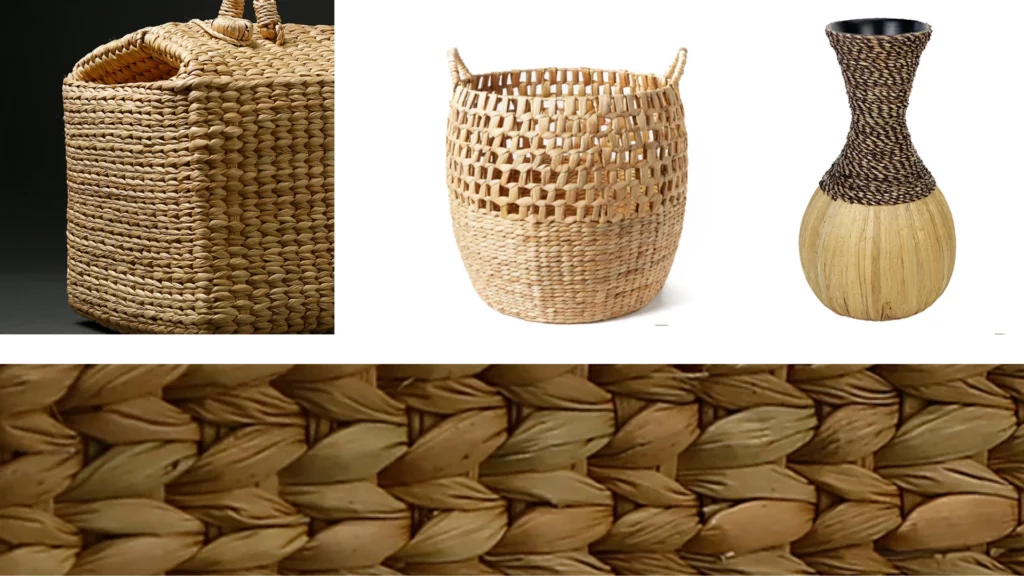
Water hyacinths are highly effective in absorbing nutrients and heavy metals from contaminated water. These plants thrive in polluted environments, where their extensive root systems filter out pollutants, such as nitrogen, phosphorus, and various toxins, thereby reducing the biochemical oxygen demand (BOD) and chemical oxygen demand (COD) of the water. This natural treatment process not only helps in purifying water but also provides a sustainable solution by using a readily available and rapidly growing plant. Moreover, after the water hyacinths have absorbed the contaminants, they can be harvested and used for bio-gas production, compost, or even as animal feed, making this method both efficient and versatile.
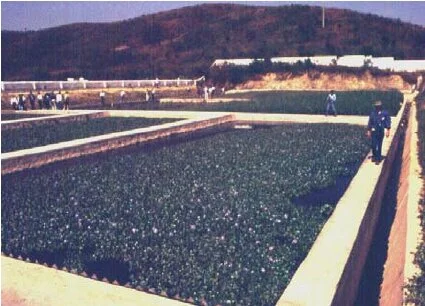
The water hyacinth plant is a complex and multifaceted issue, with both negative and positive implications. While it poses significant environmental and social challenges, it also offers opportunities for sustainable development and innovation. By recognizing the potential of this plant and developing eco-friendly solutions, we can turn a problem into a resource and promote a more environmentally conscious future.
References
- www.wildlifedepartment.com. (n.d.). Water Hyacinth | Oklahoma Department of Wildlife Conservation. [online] Available at: https://www.wildlifedepartment.com/wildlife/field-guide/invasive/water-hyacinth [Accessed 13 Jun. 2024].
- Penfound, Wm.T. and Earle, T.T. (1948) ‘The biology of the Water Hyacinth’, Ecological Monographs, 18(4), pp. 447–472. doi:10.2307/1948585.
- Earth matters – seven things you didn’t know about water hyacinth (no date) NASA. Available at: https://earthobservatory.nasa.gov/blogs/earthmatters/2016/06/01/seven-things-you-didnt-know-about-water-hyacinth/ (Accessed: 13 June 2024).
- Anon (2022). Why Water Hyacinth Is A Sustainable Material? [online] Simple Decor. Available at: https://www.simpledecor.vn/why-water-hyacinth-is-a-sustainable-material/.
- Vymazal, J., 2008. Constructed wetlands for wastewater treatment: a review. In Proceedings of TAAl2007: The 12th World lake conference (Vol. 965, p. 980).

